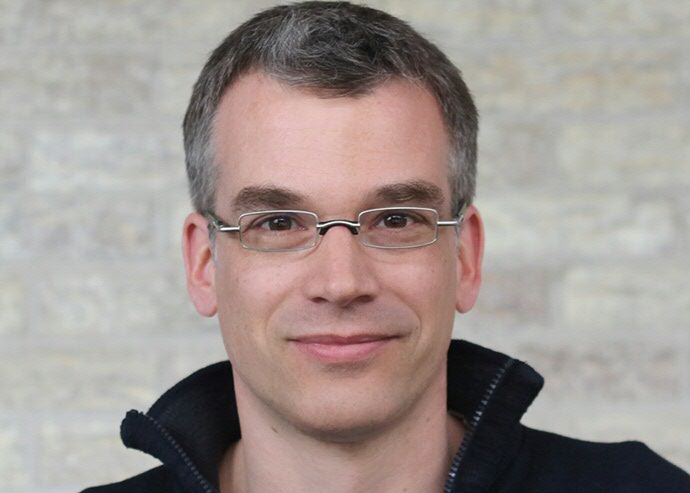Why bacteria fall asleep

Bacteria are survivalists that can withstand an antibiotic onslaught. Some survive because they carry antibiotic resistance genes, whereas others – the persisters – retreat into a dormant state that makes them tolerant to antibiotics. Little was known about these dormant bacteria, but scientists from the University of Groningen and the University of Basel have now managed to characterize them. Their results were published in the open access Molecular Systems Biology journal on 20 September.
Certain infections recur after antibiotic treatment. This is a major problem because the therapy is rendered ineffective and repeated antibiotic treatment may induce permanent antibiotic resistance in persisters.
Persistent bacteria
‘Persistent bacteria are usually rare in bacterial populations. This made it difficult to find out how these bacteria tolerate antibiotics – until recently that is’, says Matthias Heinemann, Professor of Molecular Systems Biology at the University of Groningen. Change came just a few years ago, and it was partly due to the work of his own lab. Heinemann and his colleagues found that a sudden switch in certain nutrients can force cells to enter persistence mode. This change in nutrition causes a sizeable number of cells to shut down. You could say they fall asleep.
Low level
In the new study, Heinemann and his team measured how the metabolism and level of proteins changed in these cells. ‘Prior to that, the paradigm in the field was that persisters are more or less inactive, shut-down cells without a specific phenotype.’ The team’s new results disprove this hypothesis and show that persister cells maintain their metabolism at a low level, which is just enough to survive. Their phenotype also changes to one geared towards maximum survival.
Vicious cycle
The team used its findings to create a model describing why cells enter the dormant persister state. ‘Rapid perturbations may cause collapse of the bacterial metabolism. This may mean that the energy required for growth exceeds the available food supply, which can create a vicious cycle that results in a kind of “safe mode”. The metabolism remains extremely slow and the bacteria become antibiotic tolerant.’ As soon as the environment becomes more friendly, the cells can fire up their metabolism and start dividing again.
New model
The new findings challenge popular conceptions on persistence. Bacterial toxins and antitoxins were thought to be the main cause of persistence, but the new findings reveal that this is unlikely. In the new model, toxins can slow down a cell’s metabolism thus pushing it into a persistent state, but they are just one of many factors that induce persistence.
Prevent resistance
Over the last few years, research interest in persisters has soared: ‘It is heralded as the next big thing in microbiology’, says Heinemann. By revealing the phenotype of persisters and creating a model that explains why cells enter this safe mode, Heinemann’s group has made a leap in understanding the mechanism of bacterial persistence. Heinemann: ‘Our work could lead to new ideas on how to treat recurrent infections and prevent the occurrence of antimicrobial resistance.’
More information
-
Reference: Radzikowski JL, Vedelaar S, Siegel D, Ortega AD, Schmidt A, Heinemann M. (2016) Bacterial persistence is an active σS stress response to metabolic flux limitation. Molecular Systems Biology. http://msb.embopress.org/cgi/doi/10.15252/msb.20166998
-
Contact: Professor Matthias Heinemann , Molecular Systems Biology, Groningen Biomolecular Sciences and Biotechnology Institute (GBB), University of Groningen
More news
-
11 December 2025
Stormy planets and an unexpected atmosphere
-
09 December 2025
University of Groningen Professor at COP30: ‘There is always drama’
